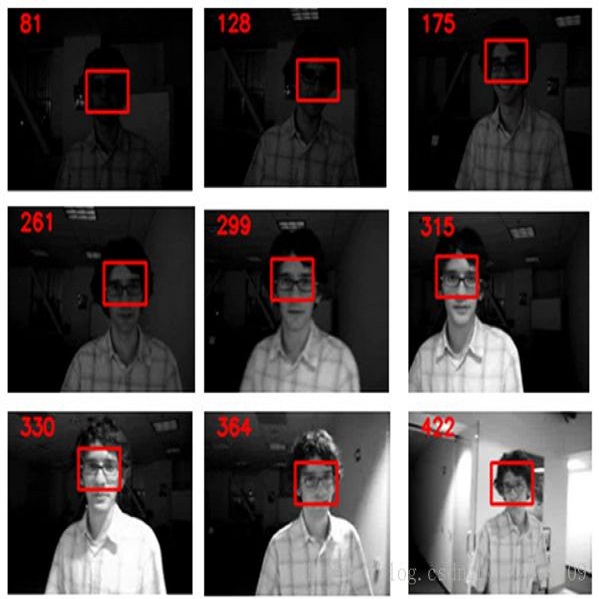Multiple object tracking faces several challenges that may be alleviated with trajectory information. Knowing the posterior locations of an object helps disambiguating and solving situations such as occlusions, re-identification, and identity switching. In this work, we show that trajectory estimation can become a key factor for tracking, and present TrajE, a trajectory estimator based on recurrent mixture density networks, as a generic module that can be added to existing object trackers. To provide several trajectory hypotheses, our method uses beam search. Also, relying on the same estimated trajectory, we propose to reconstruct a track after an occlusion occurs. We integrate TrajE into two state of the art tracking algorithms, CenterTrack [63] and Tracktor [3]. Their respective performances in the MOTChallenge 2017 test set are boosted 6.3 and 0.3 points in MOTA score, and 1.8 and 3.1 in IDF1, setting a new state of the art for the CenterTrack+TrajE configuration
翻译:了解物体的后方位置有助于分解和解决诸如隐蔽、 重新识别和身份转换等情况。 在此工作中, 我们显示轨迹估计可以成为跟踪的关键因素, 并展示基于经常性混合物密度网络的轨迹估计器TrajE, 这是一种基于经常性混合物密度网络的轨迹估计器, 可以添加到现有的物体跟踪器中的通用模块。 为了提供几种轨迹假设, 我们的方法是进行搜索。 另外, 根据同样的估计轨迹, 我们提议在隐蔽发生后重建一条轨迹。 我们将TrajE 整合到两个艺术跟踪算法中, CentTracTracrack [63] 和 tracktor [3] 中。 它们在201717年MOTChalenge测试集中各自的表现在MOTA评分中提升了6.3和0.3点, 以及以色列国防军的1.8和3.1, 为CentTrac+TrajE配置设定新的艺术状态。




